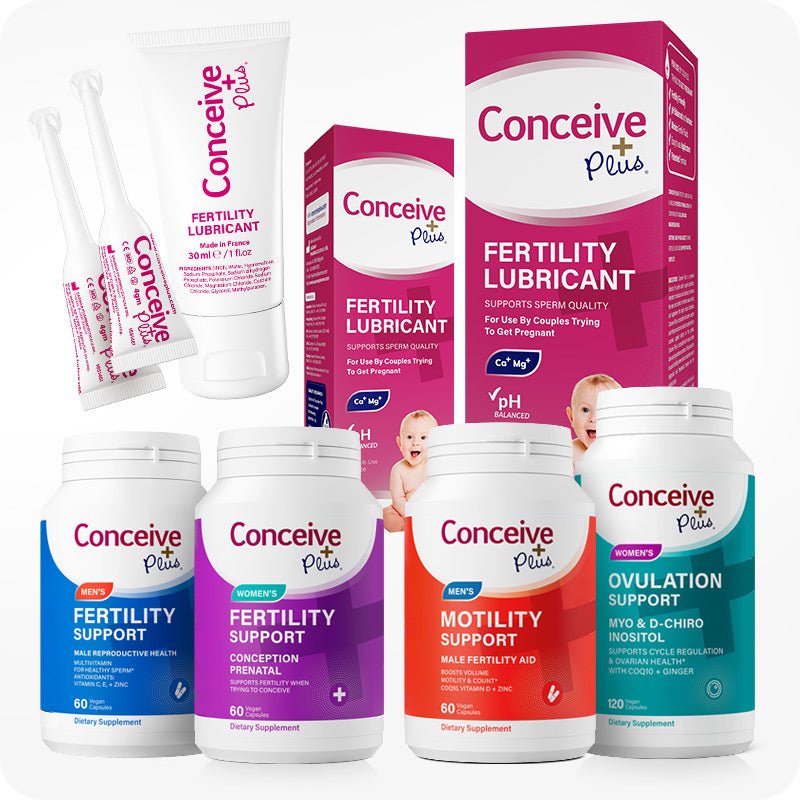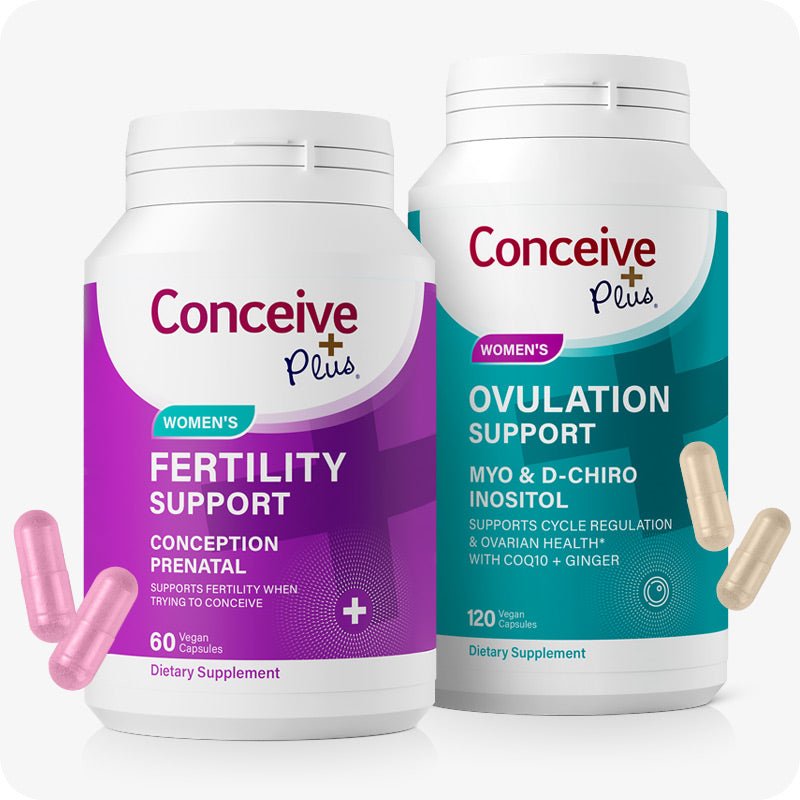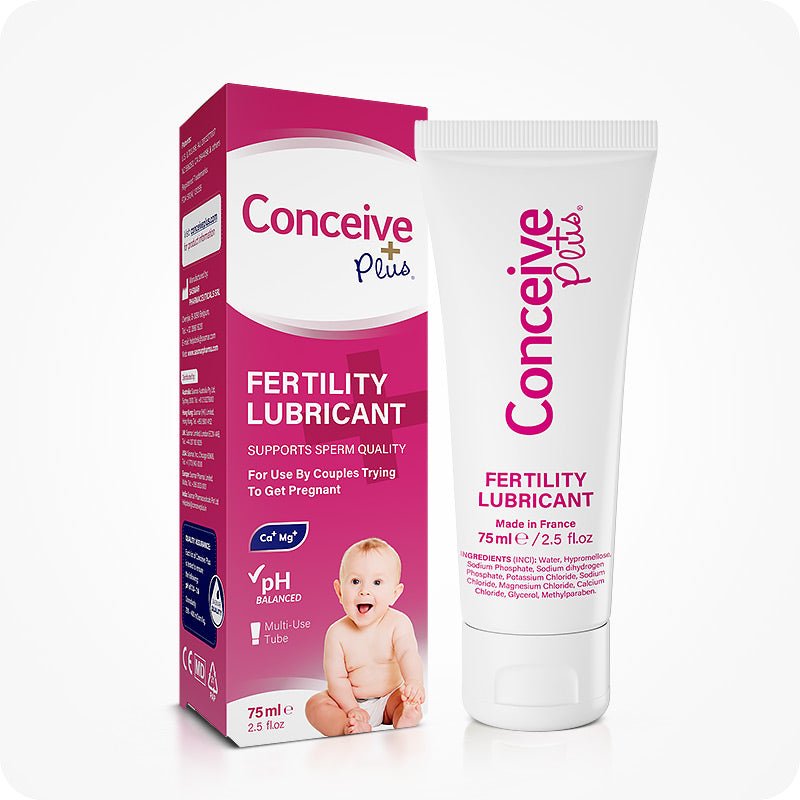Changes in the Periodo Menstrual During Pregnancy

The menstrual cycle is a female fertility cycle that prepares a female body each month for pregnancy. The menstrual period, periodo menstrual in Spanish, is a phase of the menstrual cycle when the inner uterine wall sheds and is characterized by vaginal bleeding [1].
During this cycle, a woman undergoes many different physiological changes. It typically lasts between 21 and 35 days, with an average cycle being 28 days [2]. The menstrual cycle is divided into four main phases: the menstrual phase, the follicular phase, ovulation, and the luteal phase.
In this article, we will discuss different phases of the menstrual cycle in detail, changes in menstrual cycle during pregnancy and address questions like, normally menstruation occurs when.
Different Phases of Menstrual Cycle
The average menstrual cycle lasts 28 days but 21 cycle day to 35 days are possible [2]. The complete cycle comprises four major phases. Each phase involves different changes in the uterus to prepare the body for pregnancy or to reverse the changes if pregnancy doesn't occur.
Here is a detail on the different phases of the menstrual cycle:
-
Menstrual Phase
The menstrual cycle begins with the menstrual phase. This phase starts on the first day of menstruation — your period — and lasts about 3 to 7 days, depending on the individual.
During this phase, the uterus sheds its inner lining, known as the endometrium, which was built up during the previous cycle to support a potential pregnancy. This phase is characterized by menstrual bleeding or menses, where blood, mucus, and tissue are expelled through the vagina [3]. Pregnancy hormones in females, which are estrogen and progesterone, are at their lowest level during this phase.
Symptoms of the Menstrual Phase
This menstrual cycle phase is painful since the uterus contracts and sheds its internal lining. You can experience cramps, mood swings, fatigue, bloating, and discomfort during periodo menstrual or menstrual period.
-
Follicular Phase
The follicular phase begins on the first day of menstruation and lasts until ovulation, typically around day 13 or 14 in a 28-day cycle. Keep in mind that this phase overlaps the menstrual phase and doesn't start when the menstrual phase ends.
During the follicular phase, the pituitary gland in the brain releases follicle-stimulating hormone (FSH), which stimulates the ovaries to produce follicles. Reports show that 11 to 20 follicles start to mature during each cycle, but only one releases the egg [4]. The remaining follicles degenerate inside the ovaries.
Estrogen levels start to increase by the end of this phase to prepare the uterus for potential pregnancy. Estrogen promotes the thickening of the uterine wall by building tissues and blood vessels.
Symptoms of the Follicular Phase
During the follicular phase, women may notice increased energy levels and a boost in mood. These changes are due to the rising levels of estrogen, which also improve focus and overall well-being.

-
Ovulation Phase
Ovulation occurs around the middle of the menstrual cycle, typically on day 14 in a 28-day cycle. This is the shortest phase and lasts only about 24 hours.
During the ovulation phase, luteinizing hormone (LH) levels start to rise suddenly, which is referred as the LH surge [5]. This LH surge triggers the release of egg from a mature follicle. The egg doesn't stay in the ovaries; instead, it travels to the fallopian tube where a sperm cell fertilizes it.
Ovulation is the time of the menstrual cycle when a woman is most fertile. Her chances of conception are maximum if she plans intercourse around the ovulation days [6].
Symptoms of the Ovulation Phase
Understanding symptoms of the ovulation phase is important since it helps track ovulation. Ovulation tracking helps women find their most fertile days and plan intercourse on those days for maximum chances of getting pregnant.
The symptoms during this phase include:
- Mittelschmerz — mild pain or discomfort in the lower abdomen
- Increase in basal body temperature.
- Changes in cervical mucus — it becomes clear and slippery like an egg white.
- Increased libido or sexual desire.
-
Luteal Phase
The luteal phase begins after ovulation and lasts until the start of the next menstrual period. This phase typically lasts about 14 days.
After releasing the egg during ovulation, the empty follicle transforms into the corpus luteum during the luteal phase, which produces progesterone [7]. Progesterone supports the uterine lining and provides an ideal environment for a fertilized egg to implant.
If fertilization occurs, the body begins producing human chorionic gonadotropin (hCG), the hormone that supports pregnancy and signals the corpus luteum to continue producing progesterone.
However, if fertilization does not occur for any reason, the corpus luteum breaks down. This leads to a drop in progesterone and estrogen levels and triggers the shedding of the uterine lining. This event marks the start of the menstrual period.
Symptoms of the luteal phase
Common symptoms during the luteal phase include fatigue, breast tenderness, and mild cramping. Some women also experience mood swings and irritability, which is often referred to as premenstrual syndrome or PMS.

Changes in the Menstrual Cycle During Pregnancy
If pregnancy occurs, the menstrual cycle is interrupted, and the following changes take place to support the developing embryo:
- Fertilization and Implantation: The egg is fertilized by a sperm cell in the fallopian tube. The fertilized egg — zygote — travels to the uterus and implants into the uterine lining.
- Hormonal Changes: After implantation, the body starts producing hCG, which prevents the breakdown of the corpus luteum [8]. This ensures that progesterone production continues to support the pregnancy. Estrogen and progesterone levels remain high to support the uterine lining.
- No Menstruation: The uterine lining doesn't shed once the implantation occurs, so menstruation does not occur during pregnancy. Instead, the lining continues to nourish the growing embryo.
Early Symptoms of Pregnancy
Women trying to conceive often ask how they can know if they have achieved pregnancy or what are the signs the body shows of pregnancy. Recognizing the early signs and symptoms of pregnancy, such as missed periods or morning sickness, can help you confirm pregnancy early and seek proper prenatal care. Here are some signs that can hint towards pregnancy, which you can confirm through a pregnancy test:
- Missed period
- Nausea or morning sickness
- Tender or swollen breasts
- Fatigue and frequent urination
- Light spotting, sometimes called implantation bleeding
How Can You Confirm Pregnancy?
If you start to experience early pregnancy symptoms with the delay of the menstrual period, it is the right time when you go for tests to confirm pregnancy [9].
The most common and convenient option for pregnancy testing is buying a pregnancy test kit. These kits come with all the equipment needed to perform the test and interpret the results.
The concentration of hCG hormone starts to increase soon after the fertilized egg implants into the uterus. These test kits work by detecting the concentration of this hormone in the urine. If you perform these tests by following the guidelines provided by manufacturers, you can get up to 99% accurate results.
Another option to confirm pregnancy is by visiting a doctor. The doctor will check for pregnancy through blood tests or ultrasound and guide you on your pregnancy health.
The Bottom Line
Female fertility and chances of conception significantly rely on the regularity of the menstrual cycle. Understanding the menstrual cycle can initially create confusion for women, and they find themselves asking questions like normally menstruation occurs when or what changes occur in the menstrual cycle after pregnancy.
On average, the menstrual cycle lasts 28 days and has four prominent phases. The periodo menstrual or menstrual period is the initial phase of the menstrual cycle, followed by the follicular phase, ovulation phase, and luteal phase. If pregnancy occurs, the menstrual cycle stops until the delivery of the baby. Missing periods and some other symptoms can help you detect pregnancy early which you can confirm with the help of pregnancy tests.
Resources Used
- Habiba, M., & Benagiano, G. (2023). The Duration of Menstrual Blood Loss: Historical to Current Understanding. Reproductive Medicine, 4(3), 145–165. https://doi.org/10.3390/reprodmed4030015
- Professional, C. C. M. (2024m, September 9). Menstrual Cycle. Cleveland Clinic. https://my.clevelandclinic.org/health/articles/10132-menstrual-cycle
- Yang, H., Zhou, B., Prinz, M., & Siegel, D. (2012). Proteomic Analysis of Menstrual Blood. Molecular & Cellular Proteomics, 11(10), 1024–1035. https://doi.org/10.1074/mcp.m112.018390
- Professional, C. C. M. (2024k, July 3). Follicular Phase. Cleveland Clinic. https://my.clevelandclinic.org/health/body/23953-follicular-phase
- Holesh, J. E., Bass, A. N., & Lord, M. (2023g, May 1). Physiology, Ovulation. StatPearls - NCBI Bookshelf. https://www.ncbi.nlm.nih.gov/books/NBK441996/
- Pregnancy - identifying fertile days: MedlinePlus Medical Encyclopedia. (n.d.-g). https://medlineplus.gov/ency/article/007015.htm
- Oliver, R., & Pillarisetty, L. S. (2023c, January 1). Anatomy, Abdomen and Pelvis, Ovary Corpus Luteum. StatPearls - NCBI Bookshelf. https://www.ncbi.nlm.nih.gov/books/NBK539704/
- Professional, C. C. M. (2024c, May 1). Human Chorionic Gonadotropin. Cleveland Clinic. https://my.clevelandclinic.org/health/articles/22489-human-chorionic-gonadotropin
- Ertmann, R. K., Nicolaisdottir, D. R., Kragstrup, J., Overbeck, G., Kriegbaum, M., & Siersma, V. (2022). The predictive value of common symptoms in early pregnancy for complications later in pregnancy and at birth. Acta Obstetricia et Gynecologica Scandinavica, 102(1), 33. https://doi.org/10.1111/aogs.14474












